Where is the safest place during a lightning storm? Things you should know about thunder and lightning
Does lightning really never strike twice?
Myths and misconceptions about what to do in thunder and lightning can make a dangerous situation worse, so it’s important to know what advice to follow. Here are answers to common questions that may help the next time a thunderstorm hits.
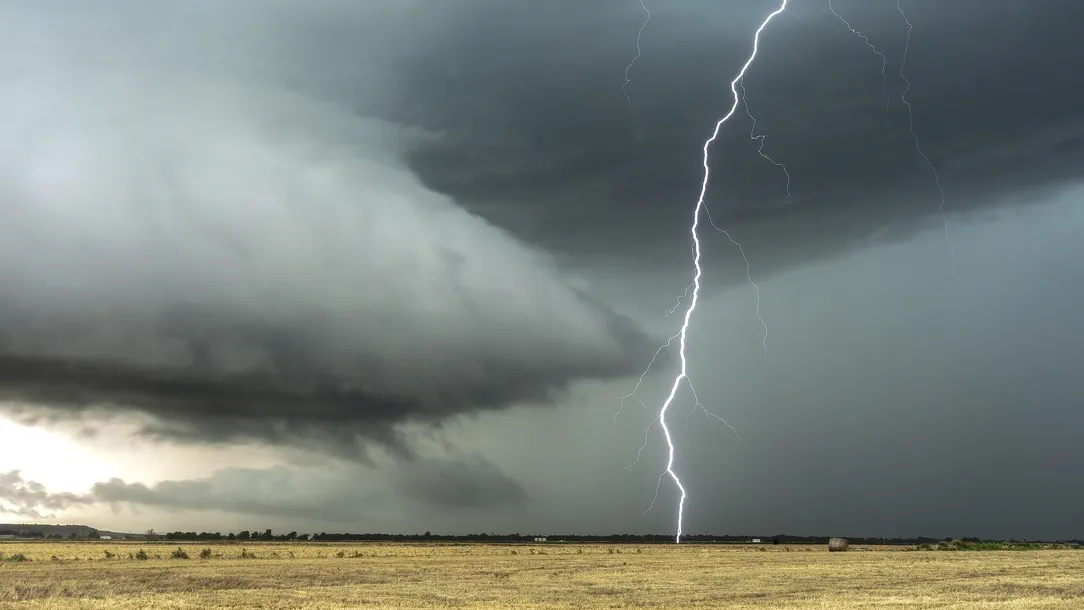
Are thunderstorms dangerous?
Thunderstorms can be frightening, with the rumblings of thunder teamed with the flashes of lightning creating a scary atmosphere. Thunder cannot hurt anyone, but lightning can be dangerous with, on average two people a year being killed in the UK.
While this makes the direct threat from thunder and lightning in the UK low, extreme weather creates many dangers that may pose a risk even after a storm has passed like damaged walls, bridges or roads, flooding, and fallen trees and power lines. It’s important to be aware of the threats and follow our safety advice for before, during and after a storm.
Where is the safest place to be during a thunder and lightning storm?
Indoors. If you hear the rumble of thunder, you should immediately seek shelter. Hearing thunder is a warning that you are within striking distance of the storm so head to any enclosed building or a car with a hard-topped metal roof and windows wound up will offer protection. If there’s a thunderstorm warning in place, then make sure to plan your day around it. Don’t plan outdoor events and avoid activities like fishing or golf. If you’re traveling somewhere, delay the journey.
Even if you are indoors, there are still things you can do to keep safe. Follow our advice on what to do during a thunderstorm and how to stay safe.
Is it dangerous to be outside during a thunderstorm?
Yes, you should always seek shelter during a thunderstorm, especially if it includes lightning.
If you can’t find shelter, the Met Office advises you to: “Squat close to the ground, with hands on knees and with the head tucked between them. Try to touch as little of the ground with your body as possible, do not lie down on the ground.”
One myth many people believe is that, when lightning strikes, you should lie on the ground. Don’t do this, as it is more dangerous.
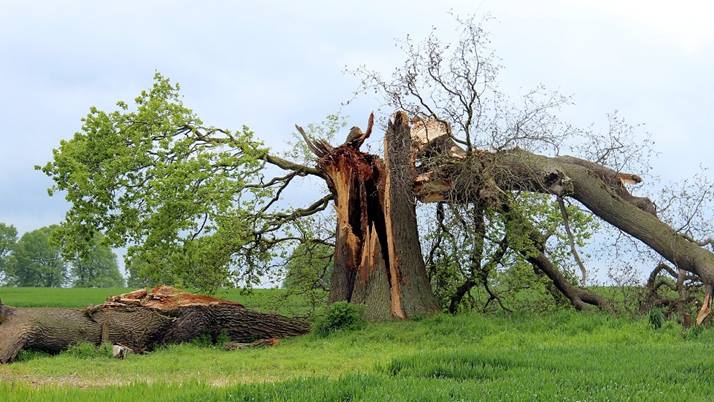
Is it safe to be under a tree during lightning?
No, trees and lightning are not a good mix. While it might seem like a good idea to run to the nearest tree when you hear rumbles of thunder, it’s better to avoid them as lightning can destroy trees. If you are in a forest during a thunderstorm, stand as far away as possible from tall or isolated trees, which are more likely to be hit by lightning. You should also avoid sheltering in caves, under cliffs, or in open structures like porches, bus stops, and gazebos which won’t protect you.
Can you use an umbrella in lightning?
No, it’s best to avoid using an umbrella. Metal objects conduct lightning, so using an umbrella during a thunderstorm may put you at risk of danger. This is the same for other metal objects you may encounter outdoors like motorcycles, bicycles, golf clubs, and golf buggies, fishing rods, and prams and pushchairs. You should also move as far away as possible from metal fencing and railings.
Is it safe to drive in a thunderstorm?
No, conditions during a thunderstorm are usually quite bad for driving so try to avoid unless it’s an emergency. If you are already on the road during thunder and lightning, it is best to find somewhere safe to park up off the highway, wind up your windows and stay inside. A soft-top or convertible car is less safe than a hard-topped vehicle as the fabric roof could catch fire if struck by lightning. If you’re driving one of these, it’s best to seek shelter somewhere close by. Lightning isn’t the only threat when driving. Thunderstorms often mean high winds and rain, making driving conditions dangerous.
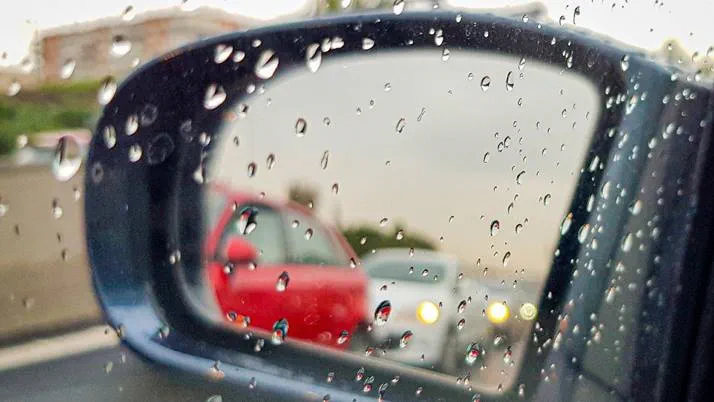
Should you turn off electrical appliances in the house?
Yes, you should turn off and unplug any non-essential appliances during a thunderstorm to prevent them from being damaged by a power surge. That includes the internet or any plugged-in electrical devices.
You’ll have to wait until the storm has passed before it’s safe to watch TV, but you can still use a tablet or laptop if they’re not plugged into the main power supply. You should also avoid using landline telephones that plug into the wall, but mobile telephones are safe.
Is it dangerous to shower during a thunderstorm?
Yes, according to the US Centre for Disease Control and Prevention, lightning can travel through plumbing. They advise not to shower, have a bath or even turn on a tap.
As water conducts electricity, it’s also best to avoid any type of water-based activity when there’s a thunderstorm warning. If you hear thunder or lightning, then immediately exit any body of water; this includes swimming outdoors in a lake, river, or the sea or an activity like kayaking. If you are in a boat or vessel, you should return to shore as soon as possible.
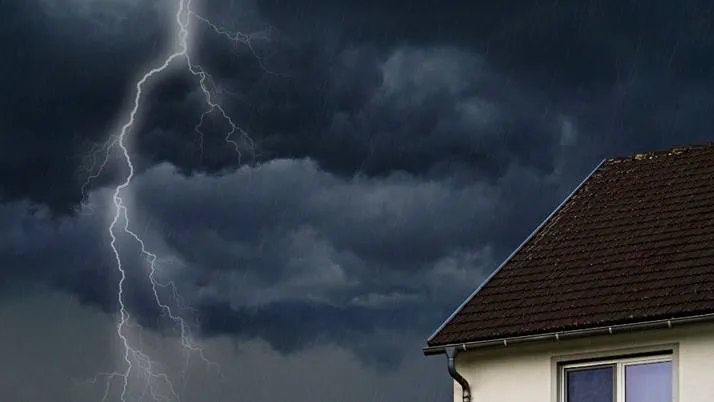
Can thunderstorms cause headaches?
Yes, if you've ever had a headache you can't explain, it may well have been down to a change in the weather.
According to the NHS: "Pressure changes that cause weather changes are thought to trigger chemical and electrical changes in the brain. This irritates nerves, leading to a headache."
It’s not the only weather linked to headaches though, high humidity and an increase in temperatures are also believed to have a similar effect. Make sure you have painkillers or other remedies ready in case of a thunderstorm, especially if you are a regular sufferer.
Can lightning strike your house?
Yes. Lightning can strike anywhere, but structures that are tall, pointy in shape, and isolated are three factors that may attract a bolt.
It’s a myth that lightning is attracted to metal; however, metal does conduct lightning, which is why we recommend staying away from metal objects during a thunderstorm.
Is it safe to watch a thunderstorm from a window?
No, and that's probably bad news for some people. Many people enjoy watching a thunderstorm rolling over, but even inside your home, they still pose a risk. Lightning can travel through metal wires and bars, and concrete in walls and flooring, so don’t lean on exterior walls during the storm.
If there are high winds, then there’s also the risk of large objects being blown into the building you are in, like trees. It's best to stay away from windows and doors just in case.
Get prepared for extreme weather:
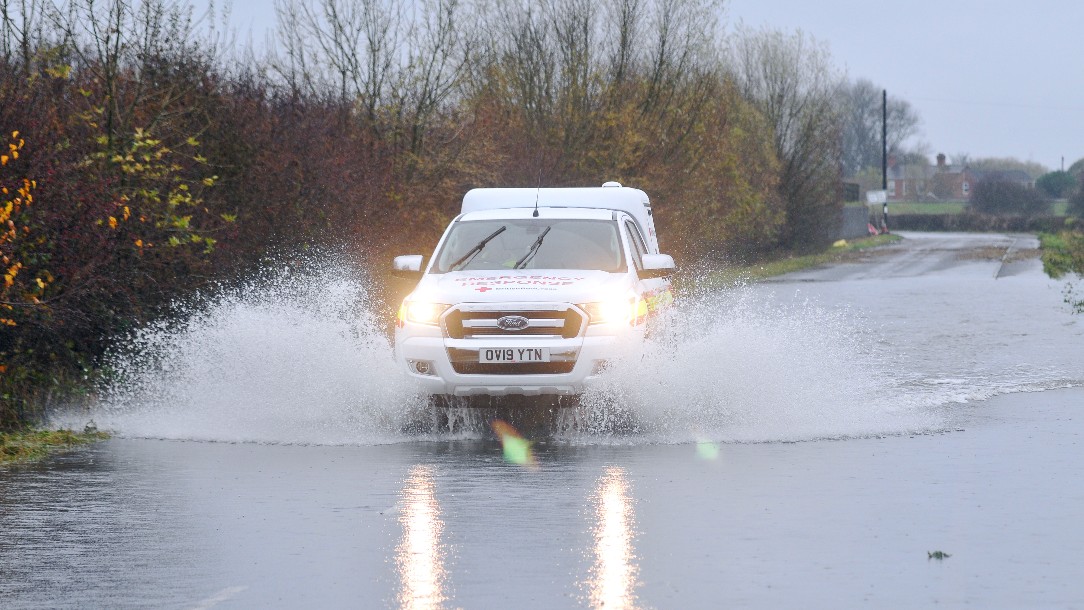
Are extreme weather events becoming more frequent?
The Met Office’s senior climate scientist Nikos Christidis explains the link between extreme weather events and climate change
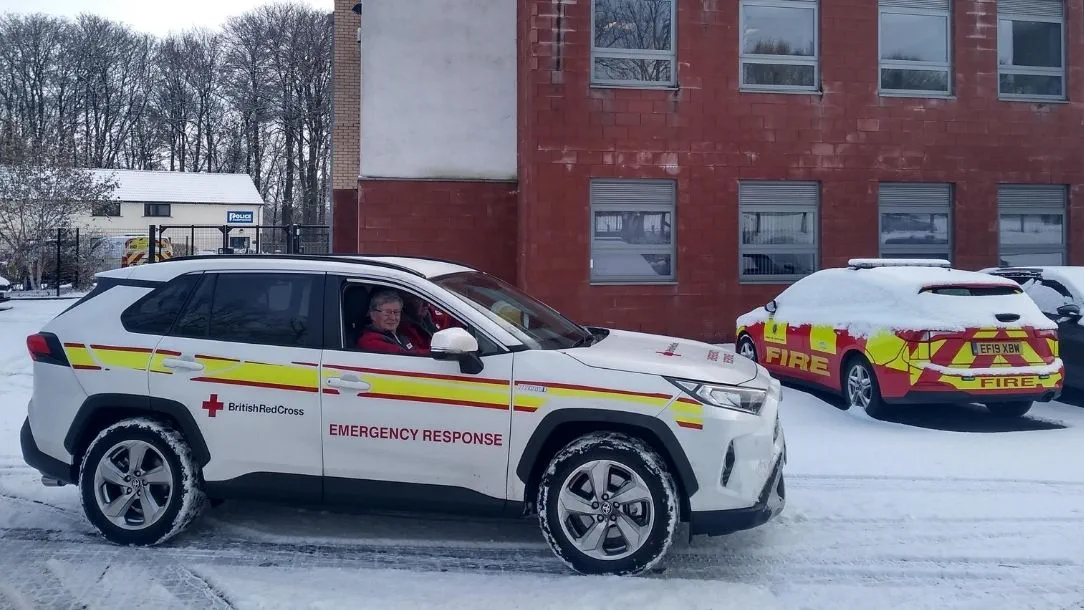
British Red Cross supports people affected by Storm Arwen
Our emergency response teams have been supporting thousands of people who've been left without power since Storm Arwen hit on Friday, 26 November.
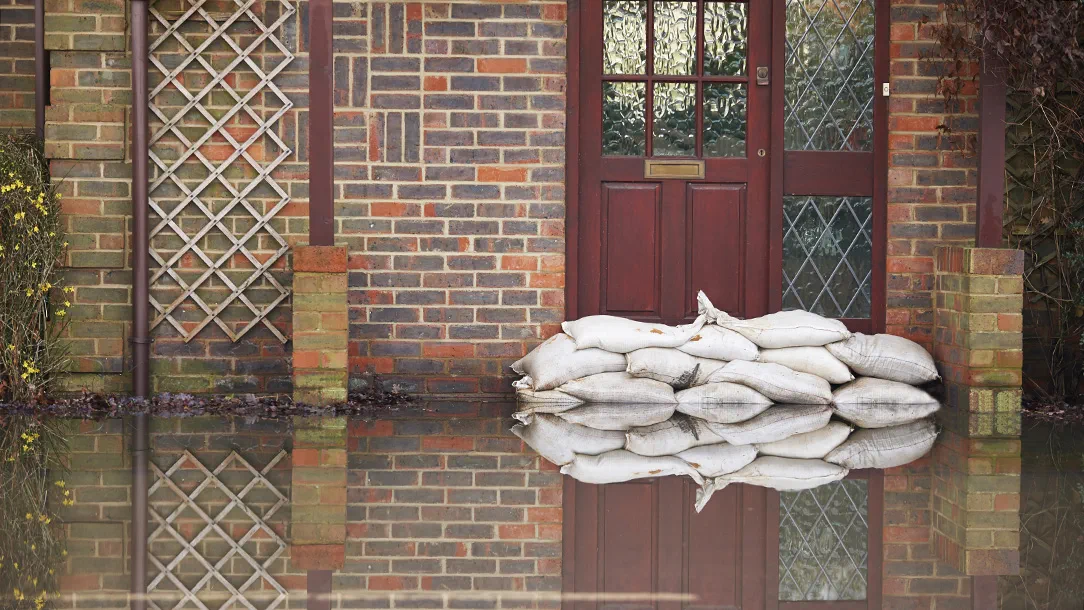
How the British Red Cross helps during a flood
From sandbags to cups of tea - we are here to help